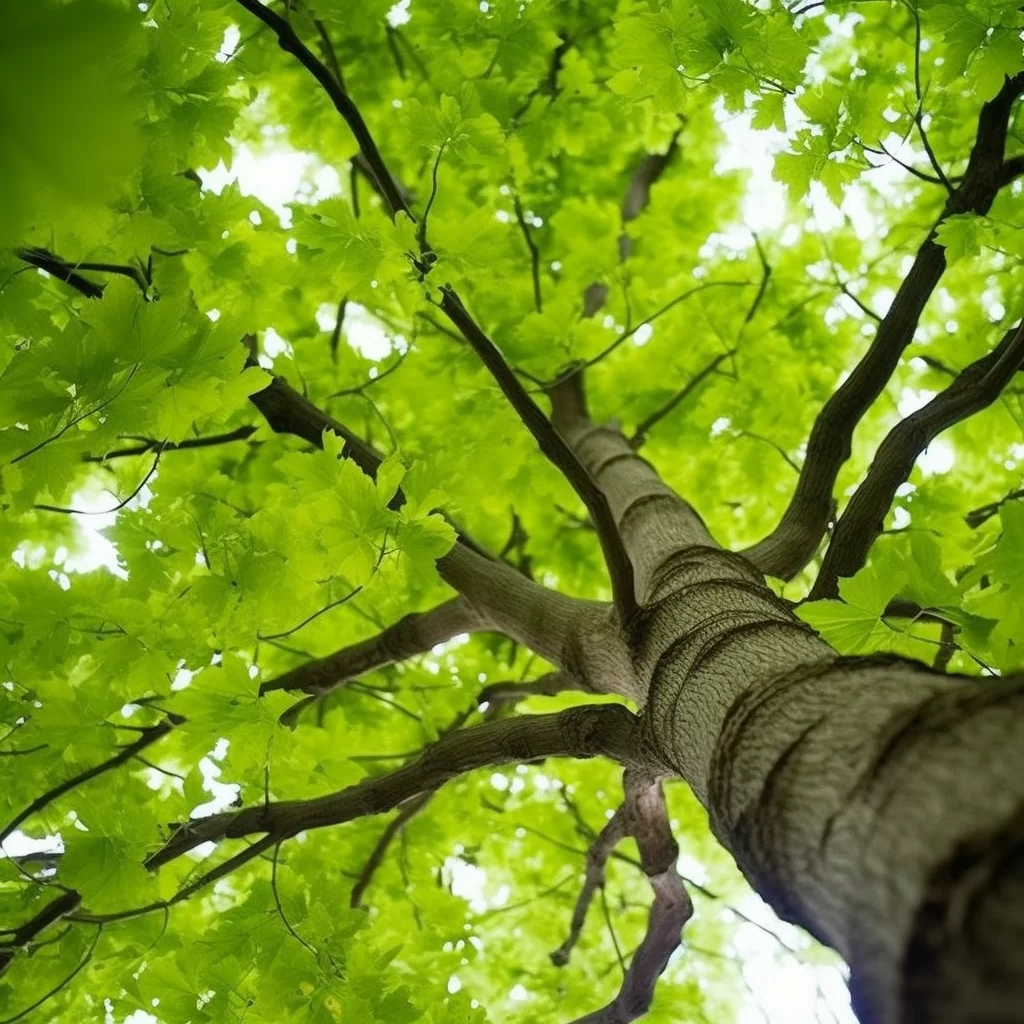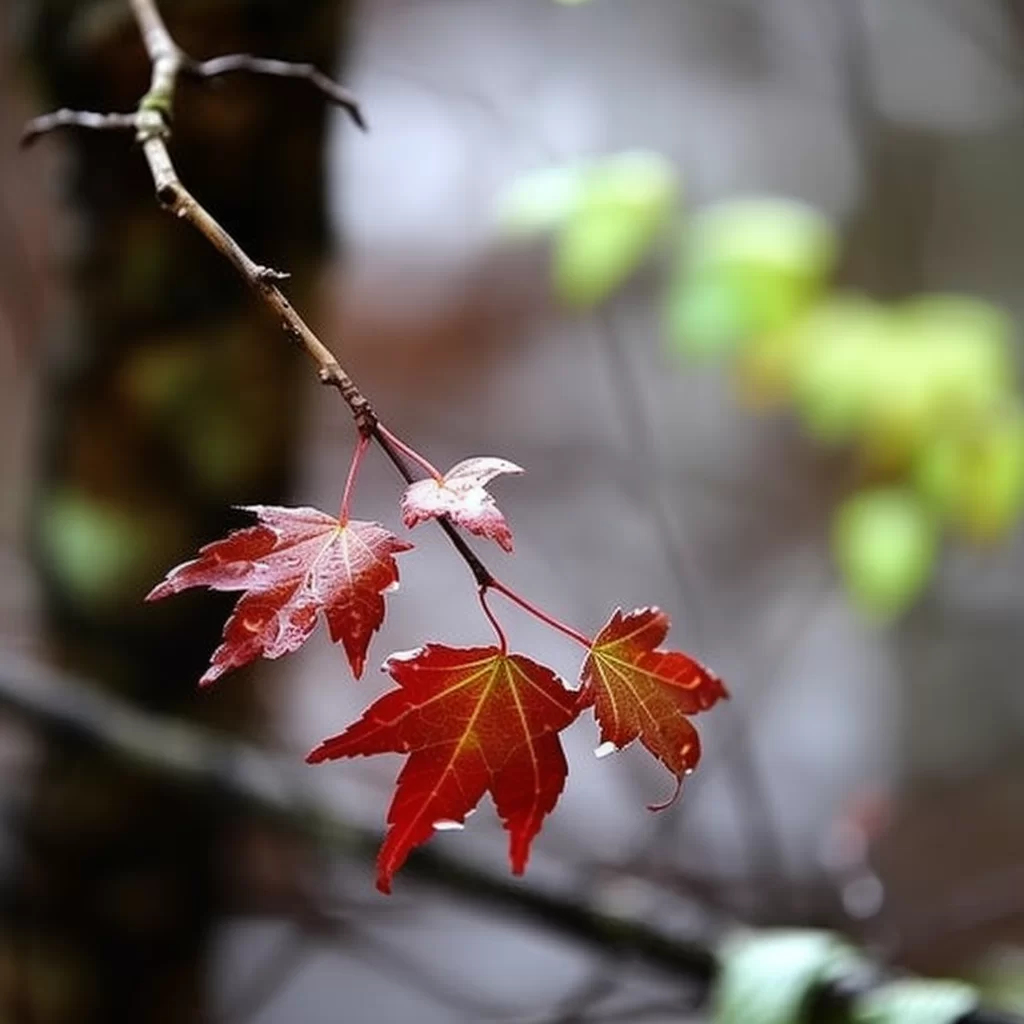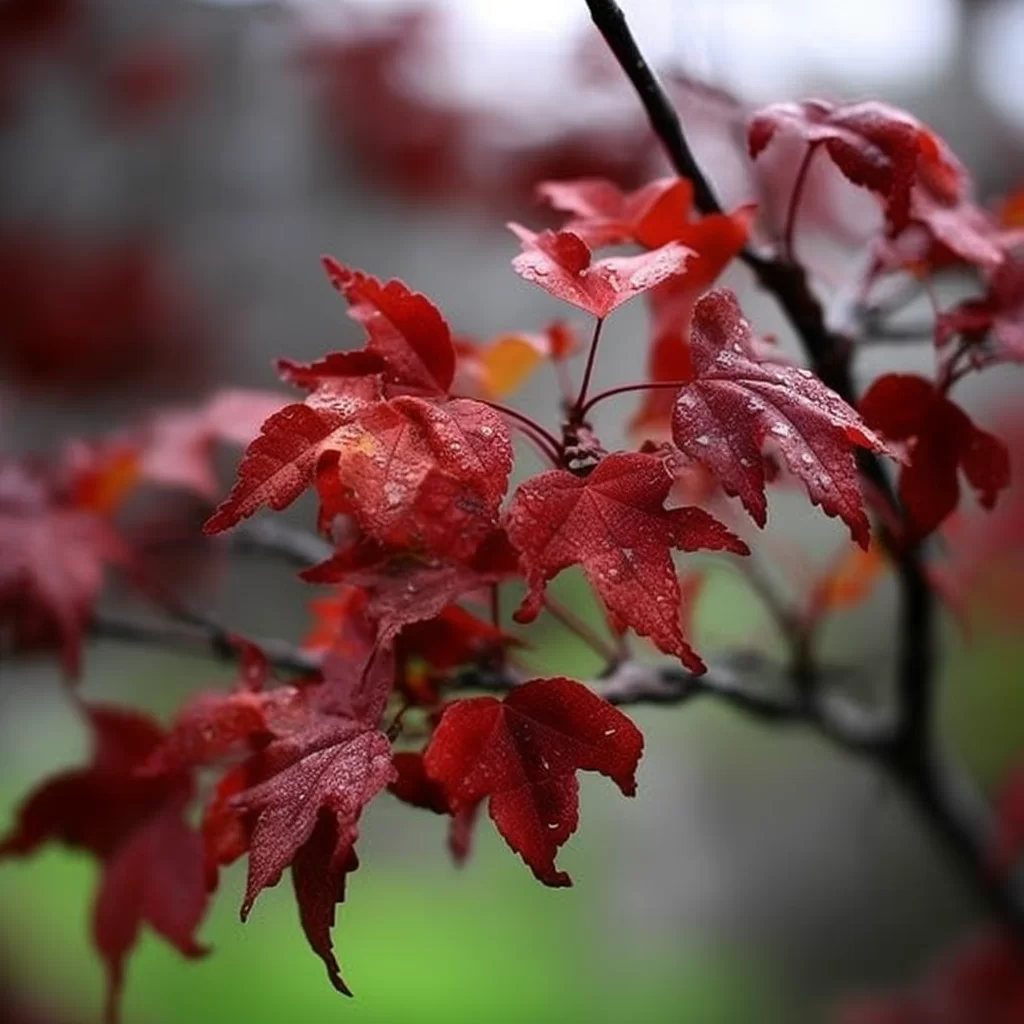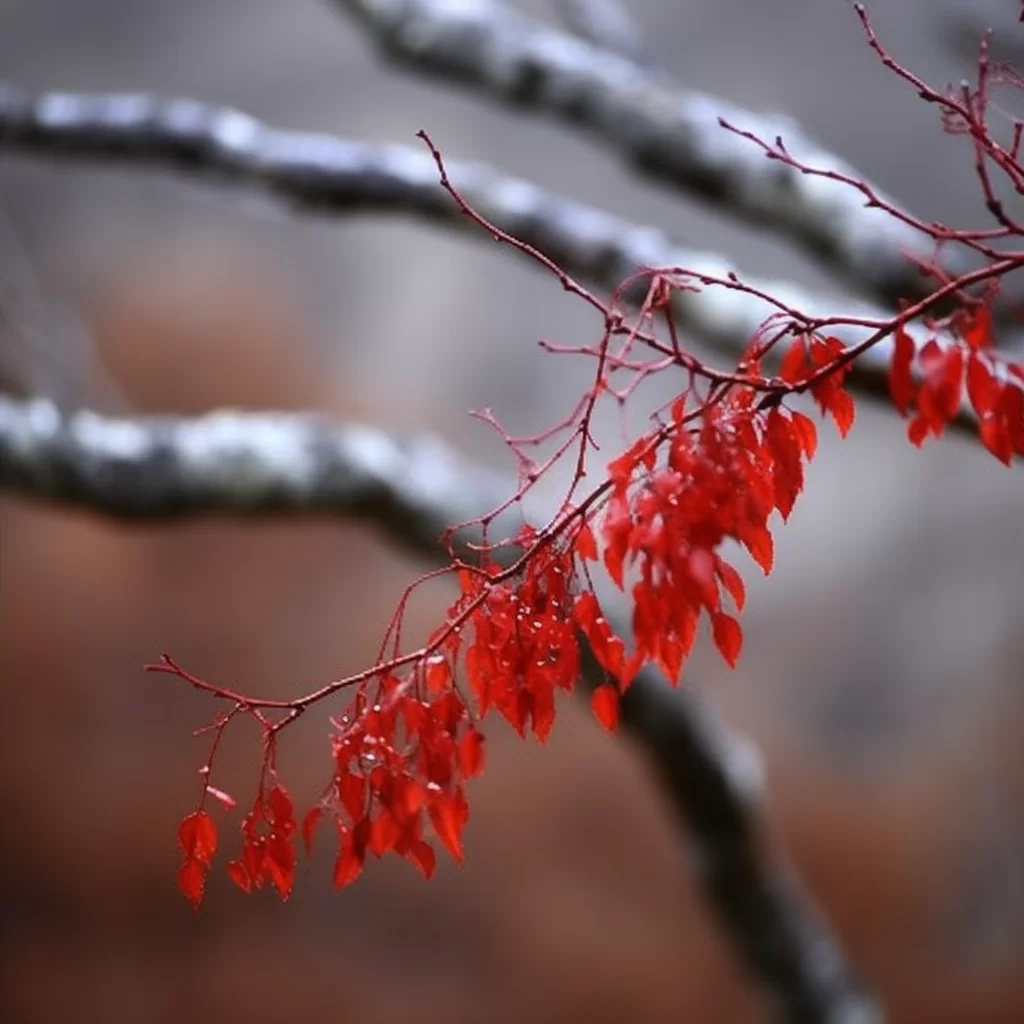Story of Day :
Contents
The Complete Guide to Japanese Maple: Care Tips and More
Japanese maples are highly sought-after as an ornamental tree, and can be found in gardens around the globe.
These trees are prized for their stunning foliage, unique shapes, and small stature, making them a perfect addition to any garden.
But if you’re considering incorporating Japanese maples into your own backyard oasis, it’s important to know how to properly care for them.
Fortunately, we’ve got you covered! Our comprehensive guide will walk you through everything from planting techniques to pruning tips so that you can keep your Japanese maples healthy and thriving.When it comes to caring for Japanese maple trees, there’s no shortage of information available online or in gardening books.
However, not all sources are created equal – that’s why we’ve put together this guide with everything you need to know about keeping these beautiful trees happy and healthy.
With our guidance on watering schedules, fertilization methods, pest control measures and more , you’ll be equipped with the knowledge necessary to ensure your Japanese maple thrives year-round.
Whether you’re a seasoned gardener or just starting out on your horticultural journey – this guide has what it takes for successful Japanese maple care at any level!
What is a Japanese Maple?
Japanese maples are a type of tree that’s native to Japan, Korea and China.
They’re known for their delicate leaves and stunning colors which include reds, oranges and yellows depending on the variety of the plant.
Choosing Your Japanese Maple
The first thing you’ll want to consider when selecting a Japanese maple is where it will be planted.
Some varieties thrive in full sun while others prefer partial shade.
You should also consider the mature size of your chosen variety since some types can grow up to 25 feet high!
- Sun or Shade: Full sun vs Partial Shade
- Mature Size: Consider growth potential before planting
- Variety:Select from unique leaf colors such as reds or yellows

Caring for Your Japanese Maple Planting Requirements
Once you’ve found the perfect spot to plant your new tree, it’s important to take care of it properly.
To ensure its successful growth and health, there are a few tips to keep in mind.
First, make sure the soil is well-drained and nutrient-rich.
This can be achieved by mixing compost or other organic matter into the soil around the base of the tree.
Additionally, watering should be done deeply and infrequently rather than shallowly and frequently.
This encourages deeper root growth which can help sustain the tree during drought conditions.Furthermore, mulching around the base of your new tree can provide several benefits such as reducing weed competition for nutrients and water while simultaneously retaining moisture in the soil which helps prevent erosion too.
Lastly, pruning any damaged or dead branches with clean equipment will help direct energy towards healthy growth while promoting overall structural integrity over time as well as providing greater light penetration throughout its crown canopy allowing for sun-loving plants beneath such as grasses or shrubs that need some sunshine too!
Japenese Maples are known for their beautiful foliage and can grow into small trees or large shrubs.
However, to ensure that they thrive best, certain conditions must be met.
These conditions include soil with good drainage capabilities and enough nutrients.
To achieve this, mix sand with compost soil before planting.
Additionally, regular watering is crucial during the growing season as the soil should not dry out completely.
Mulch can also help retain moisture in the soil. Fertilization is another essential aspect of caring for Japenese Maples and should be done in the spring before new growths begin appearing.
Fertilization is another essential aspect of caring for Japenese Maples and should be done in the spring before new growths begin appearing.
It’s important to follow instructions on fertilizer packaging carefully to avoid over-fertilizing or under-fertilizing the plant which both have negative consequences on its growth and development.
With proper care adhered to these tips, Japenese Maple will thrive beautifully in your garden or landscape adding an aesthetic value to your outdoor space!
Maintenance Tips for Your Japanese Maple
If you want your Japanese maple tree to thrive, it is essential to prioritize its pruning and maintenance.
Regular upkeep of the tree ensures that it maintains its unique and beautiful shape.
It also prevents disease from taking root, which can be harmful to the health of the tree.
By keeping up with regular pruning schedules, you’ll have a healthy and vibrant Japanese maple that will continue to add aesthetic value to your landscaping.Pruning is especially important during the early stages of growth when shaping the tree for future growth.
You’ll want to trim off any branches that look unhealthy or diseased as soon as possible before they spread further into other parts of the plant.
A well-maintained Japanese maple can live for many years if given proper attention, so don’t be afraid to put in some extra work! With consistent care, you can ensure that your beloved plant stays healthy and happy for years to come.
 Maintaining the shape and health of your trees is important for their longevity and aesthetics.
Maintaining the shape and health of your trees is important for their longevity and aesthetics.
One way to achieve this is through pruning, which involves selectively cutting off branches that are growing out of place or are dead/damaged using pruning shears at nodes.
This will not only help keep the tree looking neat but also promote growth in healthy areas.
However, it’s essential to avoid excessive pruning as it can harm the tree’s growth and stability.Another important aspect of tree care is pest control.
Pests such as aphids or spider mites can cause significant damage to leaves if left unchecked.
Regular inspection of your trees can help you identify any infestations early on so that you can take immediate action by using insecticidal soap or neem oil to treat them effectively.
By taking care of pests promptly, you can prevent long-term damage and keep your trees healthy for years to come.In conclusion, the main points of the argument have been reiterated and summarized.
Additionally, any implications or potential further consequences of the argument have been discussed.
The reader should be left with a clear understanding of the author’s stance on the topic and how they arrived at that position.Moreover, in some instances, alternative perspectives may have also been acknowledged to provide a well-rounded assessment of the issue at hand.
This can help readers develop their own opinions as they consider all angles of an argument.
Overall, a conclusion serves as a final opportunity for an author to leave an impact on their audience by providing them with valuable insights into a particular topic or issue.
Japanese maples are a stunning addition to any garden due to their vibrant colors and unique appearance.
These trees can serve as the focal point of your landscape design, providing an eye-catching element that will impress your visitors.
However, it’s crucial to ensure that the soil conditions in your garden are suitable for Japanese maples, as they require good drainage capabilities to prevent root oxygen starvation.
Additionally, regular watering without letting the soil completely dry out is essential for maintaining healthy trees.Proper pruning techniques are also necessary for keeping these delicate plants in optimal condition.
Furthermore, preventing pest infestations is crucial for ensuring long-term enjoyment of these beautiful trees.
Applying insecticidal soaps preemptively is recommended to avoid having pests take over your Japanese maple trees entirely.
Once you meet these basic requirements and provide proper care and maintenance regularly, Japanese maples can offer years of beauty and enjoyment in your garden space!